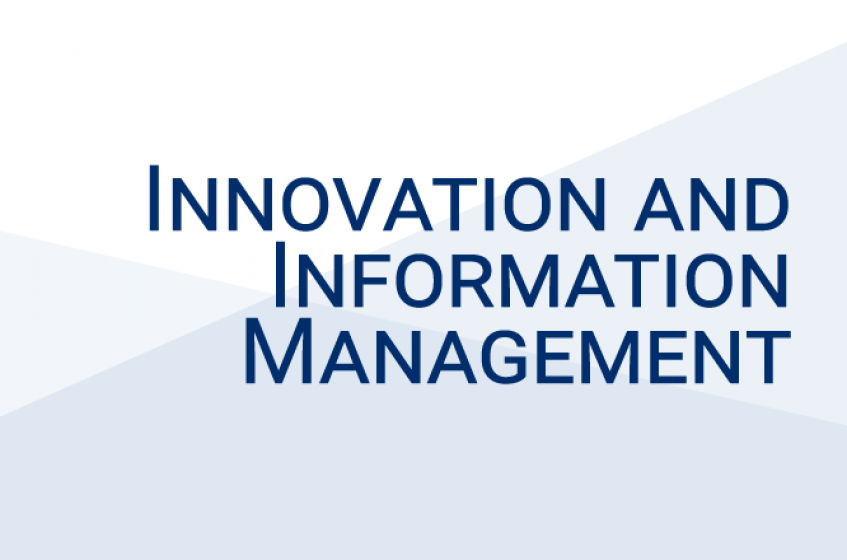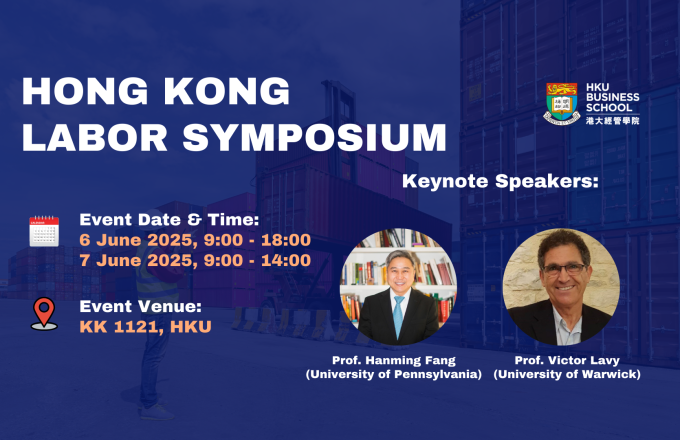Got (Optimal) Milk? Pooling Donations in Human Milk Banks with Machine Learning and Optimization
Prof. Timothy Chan
Associate Vice-President and Vice-Provost, Strategic Initiatives
Canada Research Chair in Novel Optimization and Analytics in Health
Professor, Mechanical and Industrial Engineering
University of Toronto
Problem definition: Human donor milk provides critical nutrition for millions of infants who are born preterm each year. Donor milk is collected, processed, and distributed by milk banks. The macronutrient content of donor milk is directly linked to infant brain development and can vary substantially across donations, which is why multiple donations are typically pooled together to create a final product. Approximately half of all milk banks in North America do not have the resources to measure the macronutrient content of donor milk, which means pooling is done heuristically. For these milk banks, an approach is needed to optimize pooling decisions. Methodology/results: We propose a data-driven framework combining machine learning and optimization to predict macronutrient content of donations and then optimally combine them in pools, respectively. In collaboration with our partner milk bank, we collect a data set of milk to train our predictive models. We rigorously simulate milk bank practices to fine-tune our optimization models and evaluate operational scenarios such as changes in donation habits during the COVID-19 pandemic. Finally, we conduct a year-long trial implementation, where we observe the current nurse-led pooling practices followed by our intervention. Pools created by our approach meet clinical macronutrient targets approximately 31% more often than the baseline, although taking 60% less recipe creation time. Managerial implications: This is the first paper in the broader blending literature that combines machine learning and optimization. We demonstrate that such pipelines are feasible to implement in a healthcare setting and can yield significant improvements over current practices. Our insights can guide practitioners in any application area seeking to implement machine learning and optimization-based decision support.











